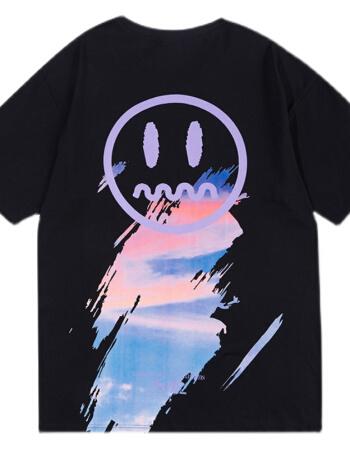Mastering the processing processes of various types of clothing can help custom clothing designers better understand and realize their design ideas. The following are some common clothing process processes:
1. Design and concept development: First, clothing designers need to design based on their own ideas and concepts, and Carry out detailed ideas and sketches. This stage includes planning and decision-making on clothing styles, tailoring, fabric selection, color matching, etc.
2. Fabric procurement and preparation: Before starting processing, clothing designers need to purchase the required fabrics and other materials and conduct quality inspections. Choosing the right fabric is crucial to the quality and effect of the final product.
3. Cutting and sewing: Cutting is the process of cutting fabric according to the designed pattern and size. The cut fabrics are then pieced together into the construction of the garment using a sewing machine or hand sewing. During this process, attention needs to be paid to symmetry, the flatness of the seams, and attention to detail.
4. Molding and shaping: Some clothing needs to be shaped and shaped in order to better fit the curves of the human body. This may involve using techniques such as ironing, steaming or heat pressing to shape the garment and keep it in the desired shape.
5. Patchwork and decoration: Depending on design needs, clothing may need various patches and decorations, such as adding zippers, buttons, embroidery, and embroidery , printing, beads or other decorations, etc. These decorative elements can add style and personalization to clothing.
6. Production of clothing accessories: Accessories such as belts, ties, scarves, gloves, etc. also need to be made through corresponding cutting, sewing and decoration steps.
7. Quality control and finishing: After completing the clothing processing, quality control inspections are performed, including checking the details, whether the seam lines are firm, and whether the clothing conforms to the design. Ask to wait. Finally, the finished product is organized, including packaging by folding or hanging, to ensure it remains in good condition before being delivered to the customer.
This is just a simple overview of clothing technology. The actual clothing processing process may vary due to different styles, materials and design requirements. Understanding these basic processes can help custom clothing designers better organize and manage their creative processes and ensure that the final product quality and effect meet expectations.






